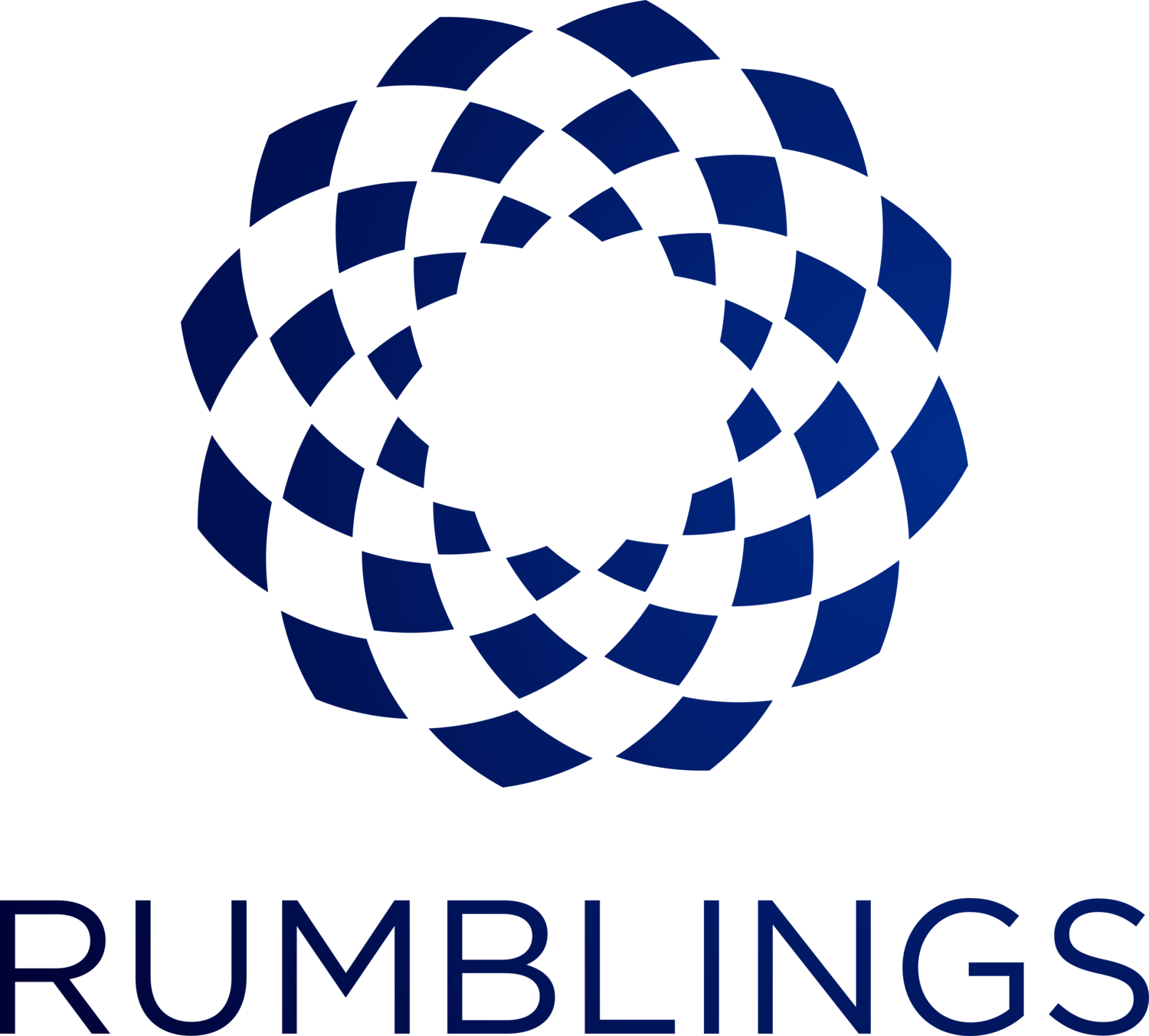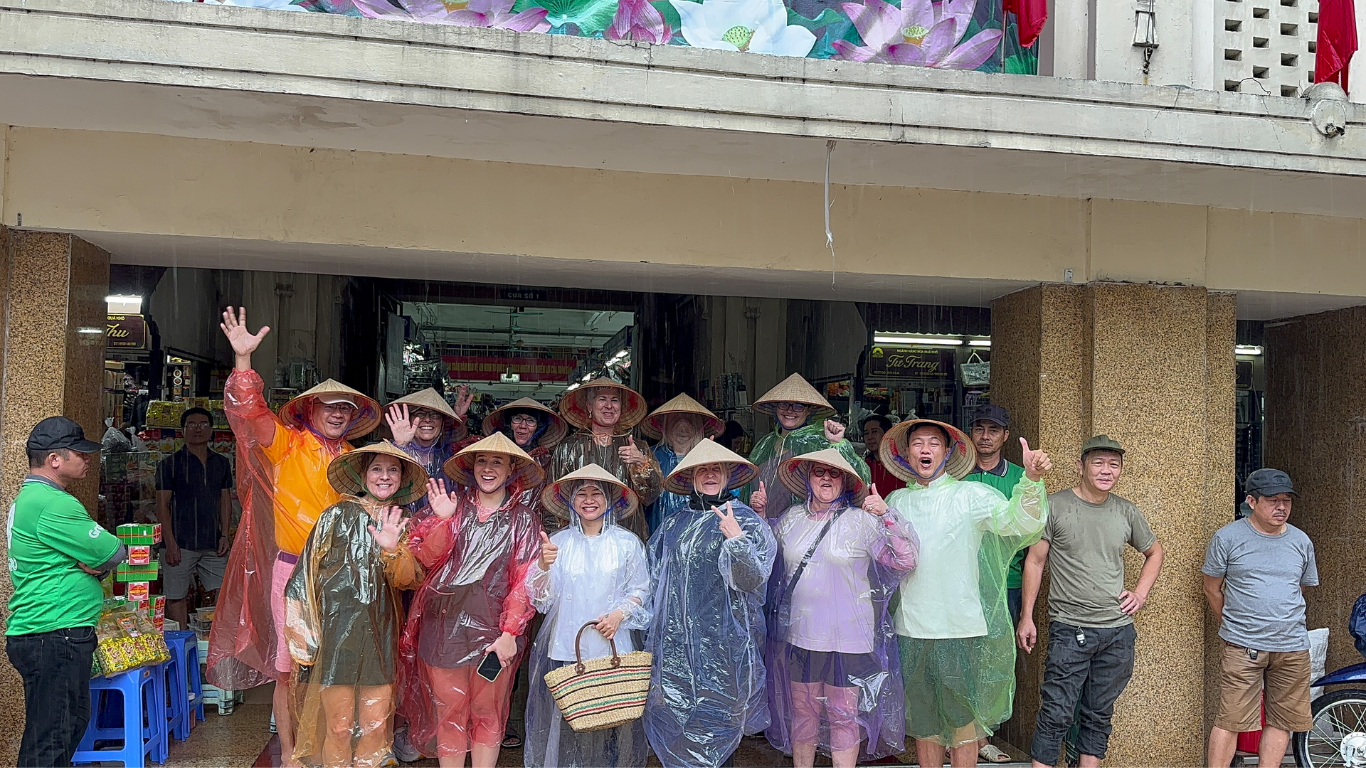Why Midlife Women Struggle to Change Habits and How to Succeed
Discover why behavior change is challenging for midlife women and how to succeed. Learn how identity shifts, small steps, and consistency can help you create lasting habits for health and well-being without focusing solely on the scale.
Embrace the Journey: Rediscover Purpose in Midlife
Embrace the journey of midlife with courage and resilience. Rediscover purpose, navigate transitions, and find fulfillment in this new chapter of life. Join us as we explore the challenges and opportunities of midlife, offering insights, inspiration, and practical tips for living your best life.
Empower Your Midlife Journey: The Art of Vision Creation and Goal Setting
Discover the transformative power of creating a vision and setting goals for a fulfilling midlife journey. Shift from fleeting New Year's resolutions to crafting an identity that aligns with your aspirations. Learn tips inspired by James Clear to change your identity and vision successfully. Embrace small habits, consistency, affirmative statements, and a supportive environment. Visualize your ideal self, journal your progress, and celebrate milestones. Consider our email course for a year-long guided transformation. With patience and commitment, you can reinvent your life and flourish in midlife.
Jetsetter's Guide: Master the Art of Savvy Packing for International Adventures
Unlock the secrets to stress-free international travel with our comprehensive guide for savvy packing. Discover how to maximize space and streamline your luggage choices without compromising comfort. Our expert tips and packing hacks prepare you for any destination, climate, or unexpected adventure. Say goodbye to overpacking woes and hello to a hassle-free jet-setting experience that maximizes efficiency. Dive into the world of smart packing with a few of our favorite products, and elevate your globetrotting game!
The Profound Dual Purpose of Travel: Lost and Found
Traveling goes far beyond exploring new landscapes and experiencing different cultures; it’s a journey of self-discovery and transformation. In the words of George Santayana, travel is both a means to lose and find ourselves. Beyond the familiar narrative presented in newspapers and media, travel offers a unique perspective that sharpens our awareness, challenges our assumptions, and enriches our understanding of the world.
The Power of Strength Training in Midlife: Defying Aging with Exercise
The journey through midlife and menopause is a unique and transformative period in a woman's life. It's a time of self-discovery, reflection, and change. It’s also a phase marked by significant physiological changes as women navigate through menopause and post-menopause.
While it comes with challenges, it's also an opportunity to take charge of one's health and well-being. It doesn’t have to be overshadowed by the negative aspects of aging.
Engaging in recreational activities and exercise can be a game-changer during this phase, enabling women to navigate the challenges of midlife and menopause with confidence, resilience, and improved mental and physical health. There are myriad benefits of strength training during midlife that can impact both body and mind by enabling women to take control of their health and enhance their overall well-being well into their later years.
Our Tip to Banish the Midlife Blues
Feeling blue in midlife is common. It’s a time of a lot of change in an uncertain world. Creating a list of our accomplishments and successes over the last two years helped us feel grateful, content, and ok. Making this list, reflecting on it, celebrating change, and being grateful, helped us feel better. It served as a reminder that even when things happening in the world around us seems bleak, it’s possible to experience joy.
12 Simple Makeup Tips for Midlife Women
Just like you refresh your wardrobe and update your style, you can use makeup and skincare to reflect your style and personality. Our friends Multi-Media Make-up Artists Amy Marie Reed and Carmelle Eickhoff provided 12 simple makeup tips for midlife women to adjust their routines to feel fresh and vibrant while living well from the inside out.
Can protein help women age well?
Eating adequate protein plays an essential role in preserving skeletal muscle as women age. Now is the time to assess your intake, review the quality, and look at how you distribute protein in your meals and snacks. Eating high-quality protein throughout the day along with resistance training will ensure you live well and flourish postmenopause.
Don’t miss a blog post - sign up for the Rumblings emails to receive posts delivered straight to you email inbox!









